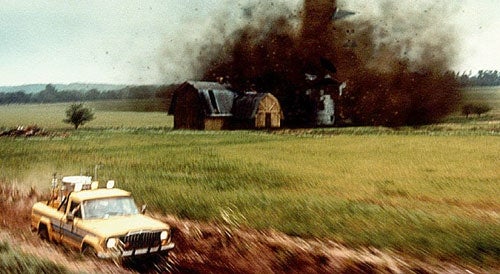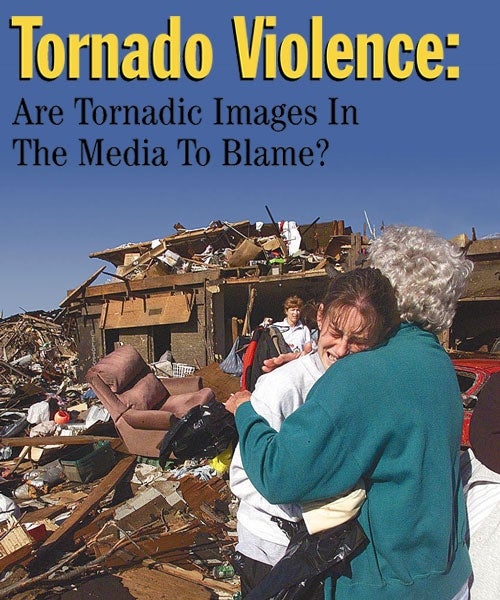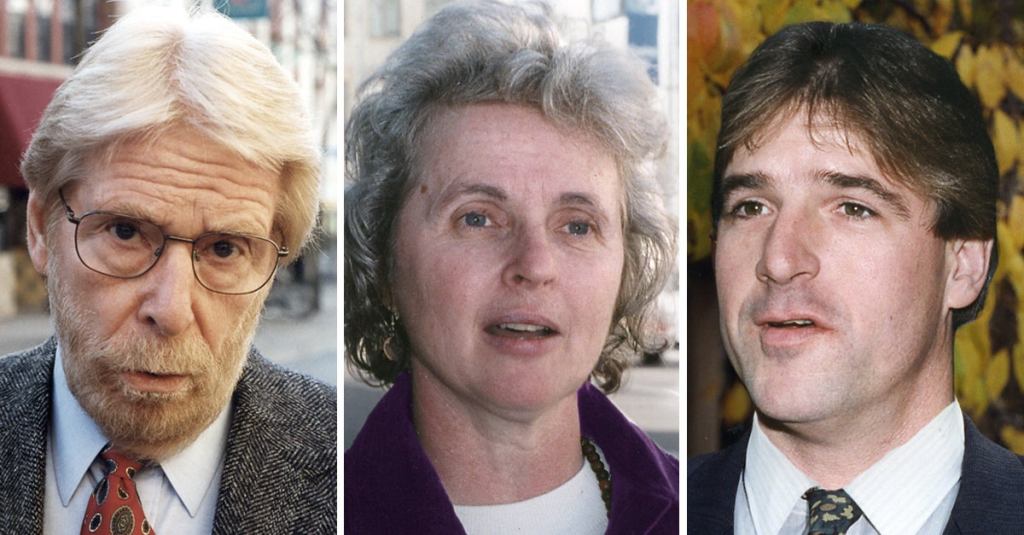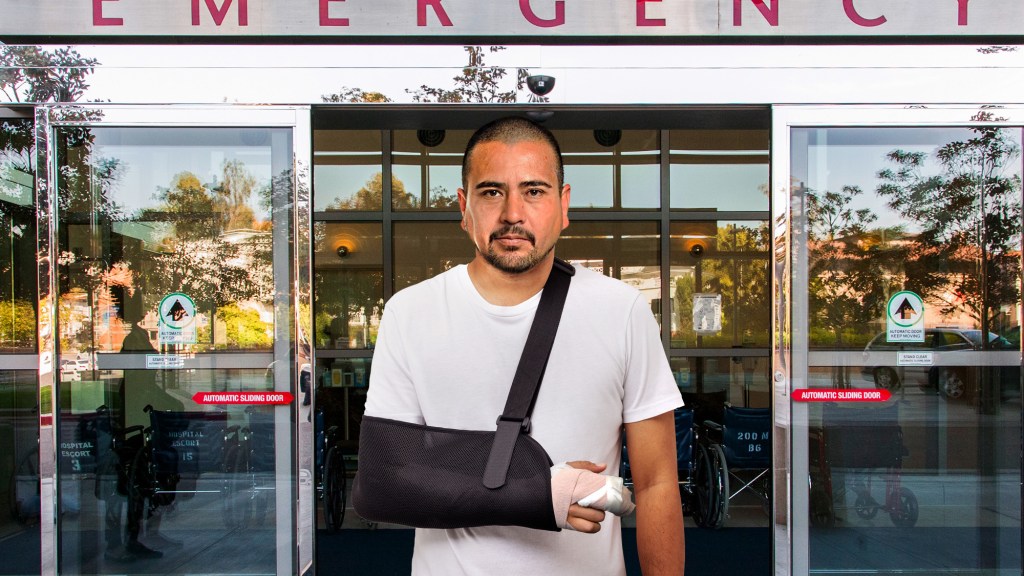DEL CITY, OK—It’s been almost two weeks now, but life still hasn’t returned to normal for the residents of this central Oklahoma town. It probably never will.
On May 3, Del City and its surrounding area was shattered by a shocking act of violence that took 41 lives—not to mention this peaceful farming community’s collective innocence.
“This sort of thing isn’t supposed to happen here,” said Del City resident Bud Swearingen, gazing at the mound of rubble and debris that what was once his home. “Maybe in Bangladesh or some other far-off place, but not here in America’s heartland.”
Like so many of those caught in their path, the killer tornadoes have died, fading away on the Oklahoma plains. But the questions remain. How could this happen? Why didn’t anyone see it coming? What would drive an air mass to commit such a horrible act of violence?
For many, the blame lies with the media.
“Every day in this country, we are bombarded with images of powerful, destructive wind vortices,” said Roland Gilchrist, director of the Princeton University Center For Media Studies. “Movies like Twister, TV shows like Fox’s World’s Scariest Tornadoes, networks like The Weather Channel—all of these only serve to glorify tornado violence and send the message that such destructive behavior is acceptable and even rewarded. We shouldn’t be surprised, then, when real-life weather fronts start imitating what they see on TV.”
Gilchrist called the similarity between the Oklahoma attack and those depicted in Twister “chilling.”
“There’s a scene in Twister in which a pick-up truck flips over, and then a farmhouse explodes,” he said. “The exact same thing happened in Del City. That can’t be mere coincidence.”
According to Gilchrist, TV news programs only exacerbate the problem, reinforcing tornado behavior by giving them the attention they crave.
“Whenever a tornado threatens to strike, it’s the lead story on the news,” Gilchrist said. “That only fosters that kind of violent behavior and increases the odds of it recurring. Meanwhile, you never see any positive, uplifting weather stories on television. When was the last time a show was interrupted to report a beautiful, sunny day? When was the last time a ’cool-breeze warning’ icon was placed in the corner of the screen? Never.”

“It’s sad,” Gilchrist continued. “There are so many decent, gentle air masses out there, but you’d never know that from watching the 6:00 news.”
Dr. Todd Pollack, a psychologist with the National Weather Service, took issue with Gilchrist’s condemnation of the media.
“It’s a gross oversimplification to say that tornadic violence is the result of media images,” Pollack said. “Environmental factors such as temperature, air moisture and barometric pressure have a major effect, along with everything else in the atmosphere in which a tornado develops. Yes, the media do play a role, but there are countless other factors that influence a young tornado’s behavior, as well.”
Nevertheless, federal legislators, outraged over the latest act of tornadic violence, are calling for a media crackdown. On Wednesday, U.S. Sen. James Inhofe (R-OK) proposed the Responsibility In Meteorological Programming Act, which would place warning labels on “movies, TV shows and albums that glorify violent weather patterns.” The act would also ban networks from airing any programming that contains depictions of tornadoes, typhoons, mudslides or earthquakes before 10 p.m.
Families of tornado victims are also fighting back. A $300 million lawsuit has been brought against Twister director Jan De Bont, and similar suits have been filed against the makers of other tornado-glamorizing films, including The Wizard Of Oz. And more than 300 survivors of the Oklahoma tornado attack have filed a class-action suit against director Oliver Stone for the “tornado jailbreak” scene in his film Natural Born Killers, which, like the Oklahoma tragedy, took place on the Great Plains.
As a further measure, Sen. Pat Roberts (R-KS) is calling for mandatory life sentences for homicidal funnel clouds.
“We need to send the message, loud and clear, that this sort of weather will not be tolerated,” said Roberts, wearing a maroon ribbon in memory of the 41 people slain by the tornado. “Too many lives have been lost. Our nation’s tornadoes must learn that there is a price to pay for their actions.”







